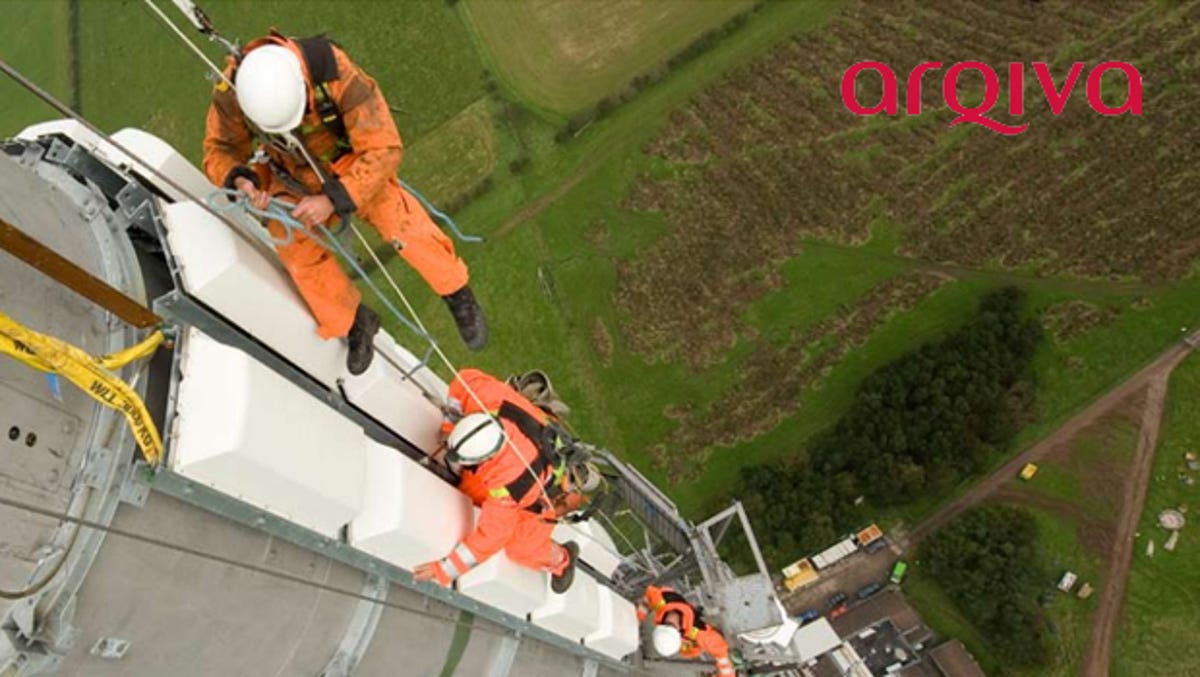
For those struggling to get Internet access in rural areas, there may soon be a credible wireless option based on the next-generation mobile-broadband technology LTE (Long Term Evolution).
A trial of LTE, run by Arqiva and Alcatel-Lucent, is taking place in the Preseli Mountains in Wales. The intention is to bring high-speed Internet access to those who currently have very low speeds — below 2Mbps — or those who have no fixed-line Internet access at all.
In theory, the service can offer a speed of 50Mbps, but, as with all such wireless technologies, that’s really a maximum figure. Real speeds will be determined by proximity to the cell base station and how many other people are connected at the same time. In this regard, LTE is very similar to current 3G systems.
The LTE system operates in the 800MHz spectrum that has recently been vacated by analogue television services. Wales was one of the first parts of the UK to make the digital switch, so it’s a pretty sensible choice for testing LTE.
This particular band also offers a longer-range signal than high-frequency services, thus covering a larger number of people. The disadvantage is that the 800MHz spectrum has less bandwidth capacity, and can support fewer users than a service running on the 2.6GHz spectrum.
Access to the so-called ‘4G bands’ will be provided by auction next year, so companies will be able to bid for space in order to run services. As you might expect, it’s quite likely that mobile operators will take a keen interest in this.
The previous government had suggested that each provider would be limited to a certain amount of the spectrum, opening up the airwaves to more competition. Sadly, the coalition government has abandoned that plan, meaning the spectrum is likely to go to the existing providers.



